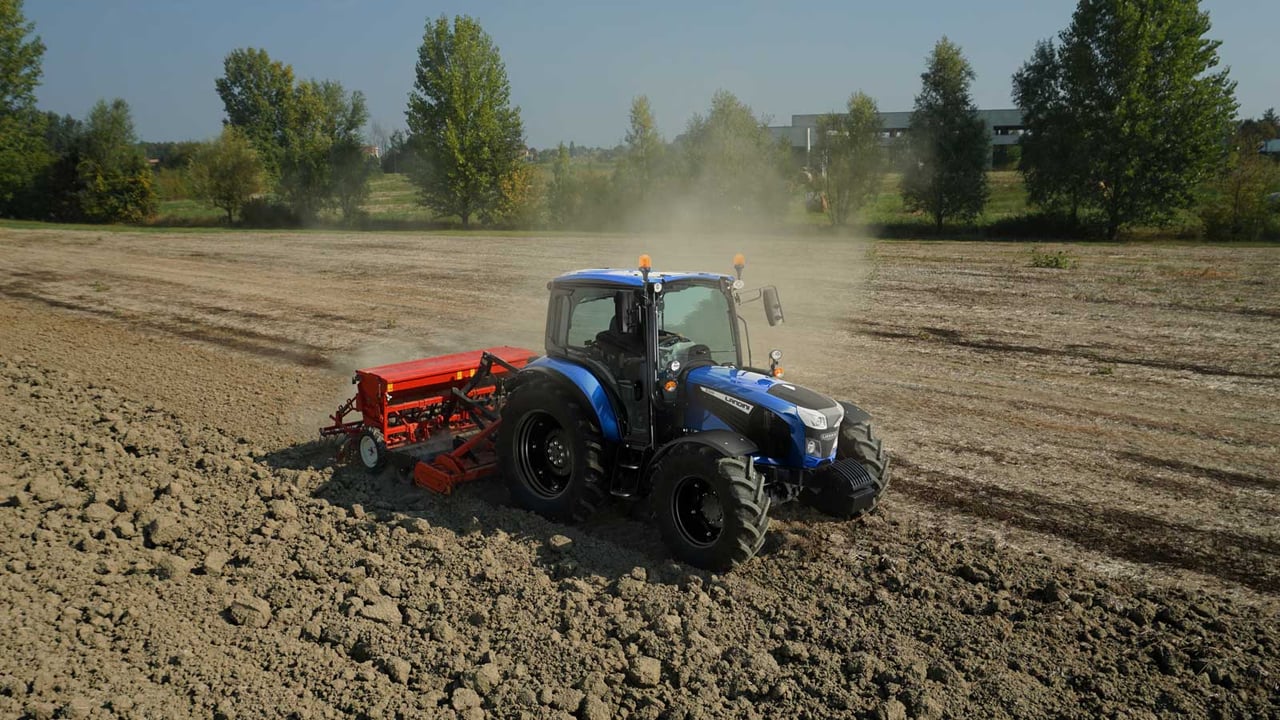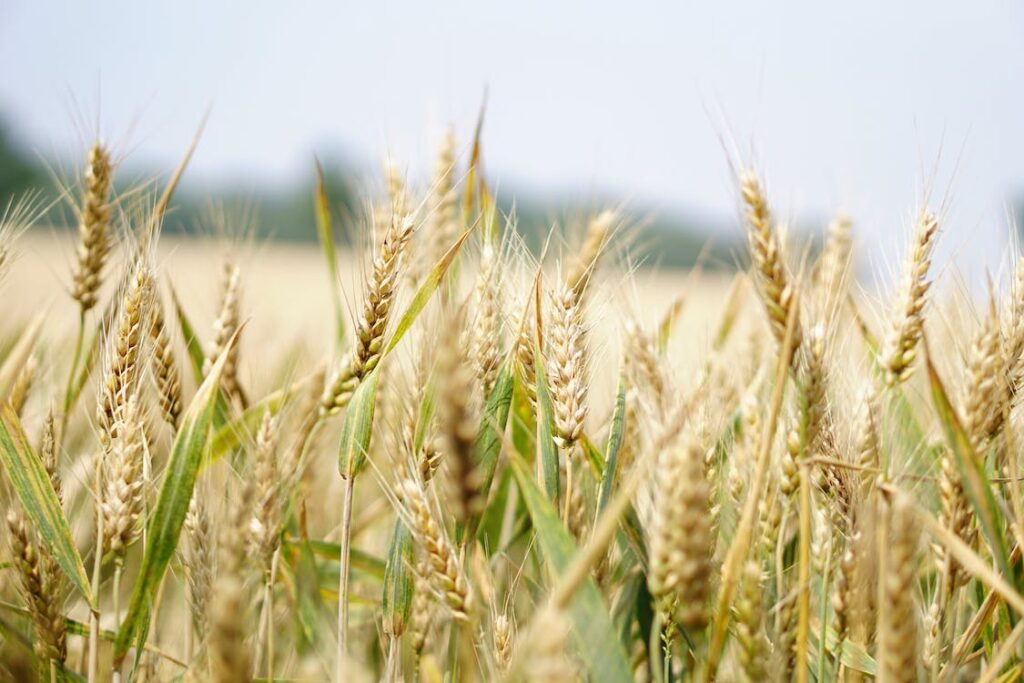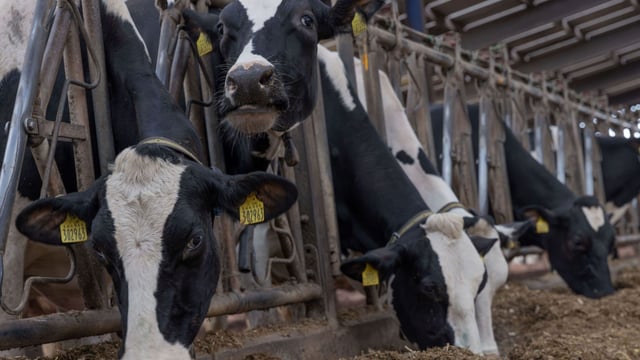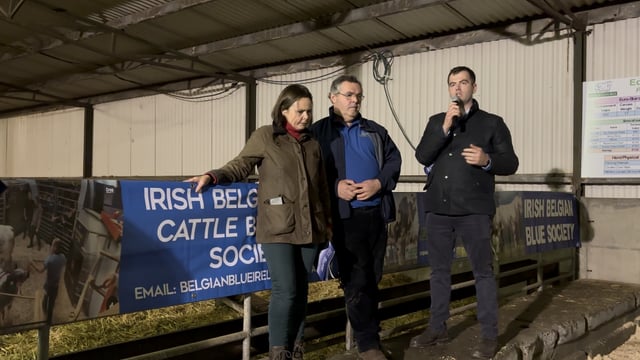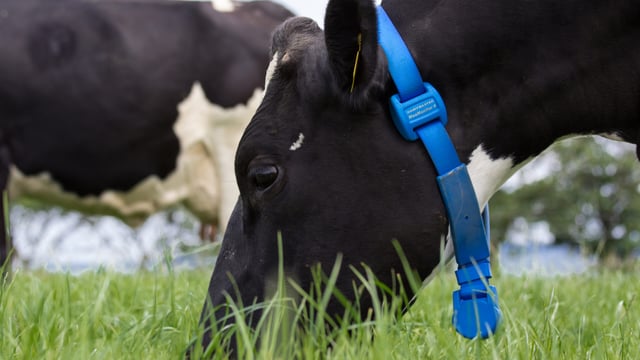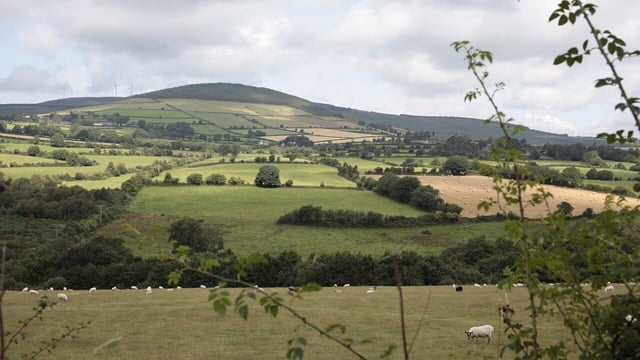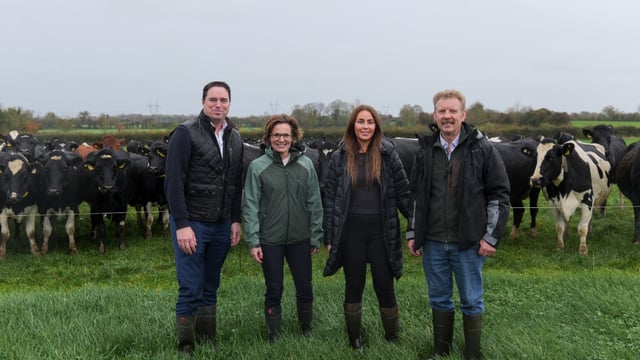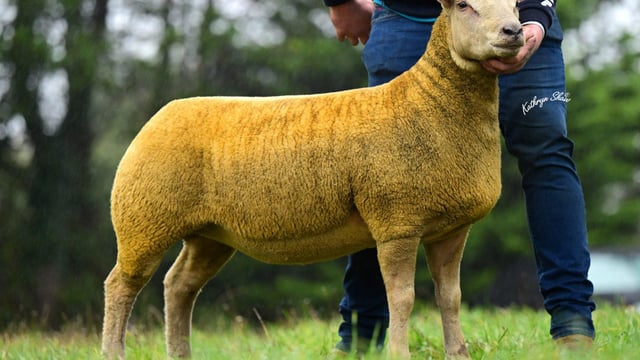Tillage: Autumn crop planting estimates released
Teagasc has just published its 2025 autumn crop planting estimates in tandem with the end-of-season harvest figures.
And the projections reflect the impact of the good weather and ground conditions that have characterised the post-harvest period up to this pint.
Where wheat is concerned, the winter cropping area estimate for 2025/2026 has held up well, coming at 60,000ha. The equivalent figure for 2024 was 59,400ha.
It is worth noting that there is currently a significantly wider selection of winter wheat varieties for growers to choose from than would previously have been the same.
The estimated winter barley planting figure for 2025 also comes in 60,000ha. This is a rise of approximately 5% on the 2024 figure of 57,200ha.
It is also worth noting the growth in demand for winter barley varieties that demonstrate tolerance to Barley Yellow Dwarf Virus (BYDV).
Meanwhile the area of winter oats planted out is down significantly, year-on-year. The 2025 estimate comes in at 10,000ha - the comparable figure for last year was 17,800ha.
Tillage farmers’ reduced commitment to winter oats, almost certainly, reflects the market difficulties associated with the cereal over recent times.
In contrast, the planted area dedicated to hybrid rye has increased significantly. The 2025 figure has been estimated at 5,000ha, up 35% on the 2024 figure of 3,700ha.
And, finally, the planting area estimate for winter oilseed rape comes in at 17,000ha. The comparable figure for 2024 was: 11,300ha.
According to Teagasc, most crops have established well and are now primed to deliver good yields in 2026.
Looking ahead, it should also be noted that the two and three crop diversification rules will be operational in 2026.
Straw
Teagasc is confirming that in 2025, over 3,000 applicants applied for a total area of 66,482ha in the Straw Incorporation Measure (SIM).
The increasing popularity in this measure has led to some frustration among buyers, though in 2025 it does not seem to have had much impact on the price paid for straw.
While some growers did withdraw from the scheme before harvest, most did not.
In general, demand at harvest time was slow. Prices for a 4x4 bale fell by about €5 per bale in the main grain-growing areas to between €20-€25.
Higher yields of straw from the larger areas of winter crops planted probably fed into the lower prices compared to 2024.
The SIM is generally used to chop lower value oaten straw, which has only a limited effect on the market. Currently, 8x4x3 bales of wheaten straw are available for between €45-€50.
Imported straw from Spain is commanding a premium price from dairy producers, who are using it in total mixed rations.
However, there seems to be little appetite to pay similar prices for native straw even where quality is similar.

